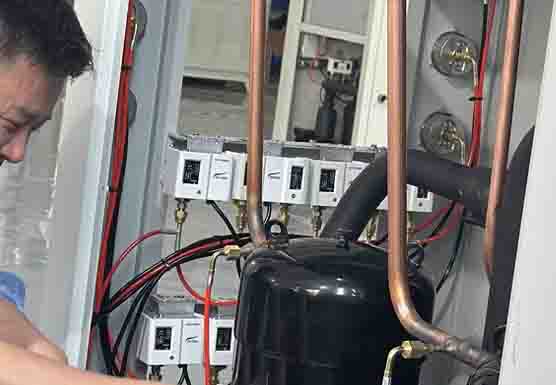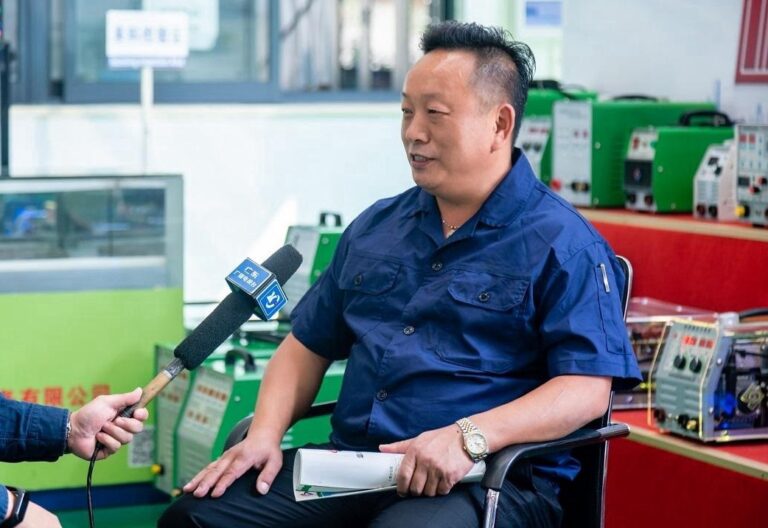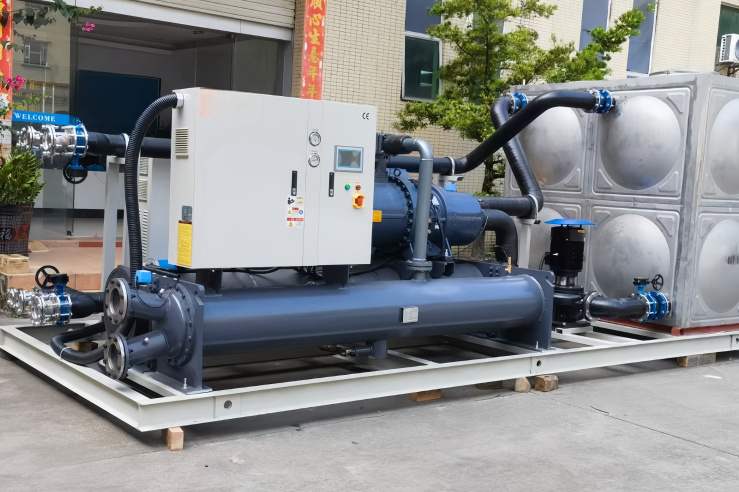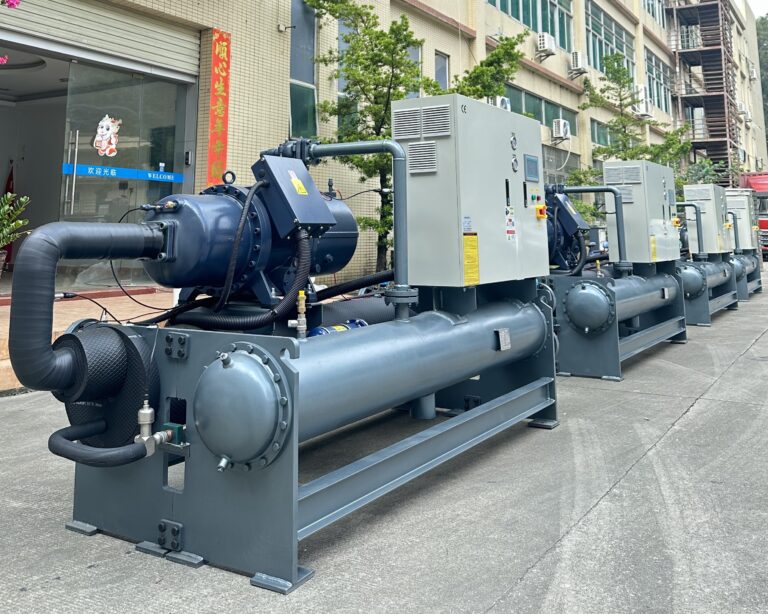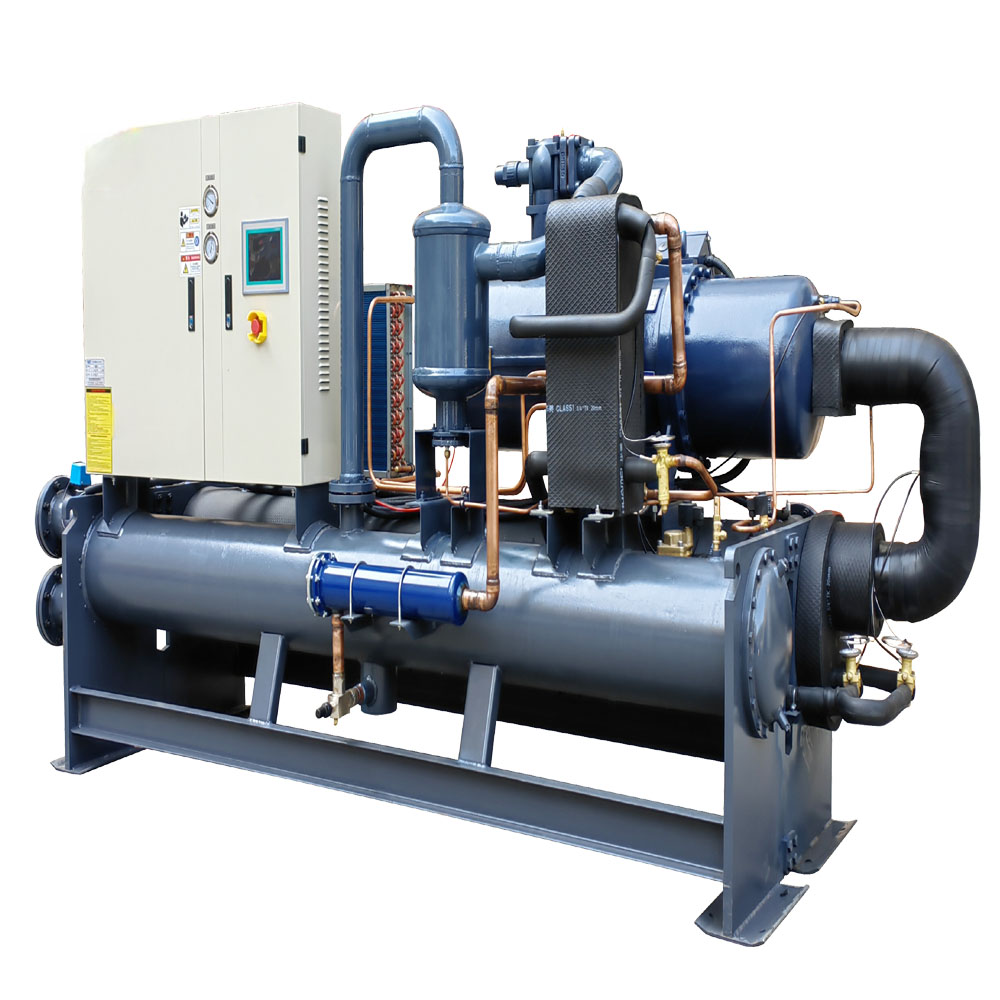-
大嶺山工業 廣東
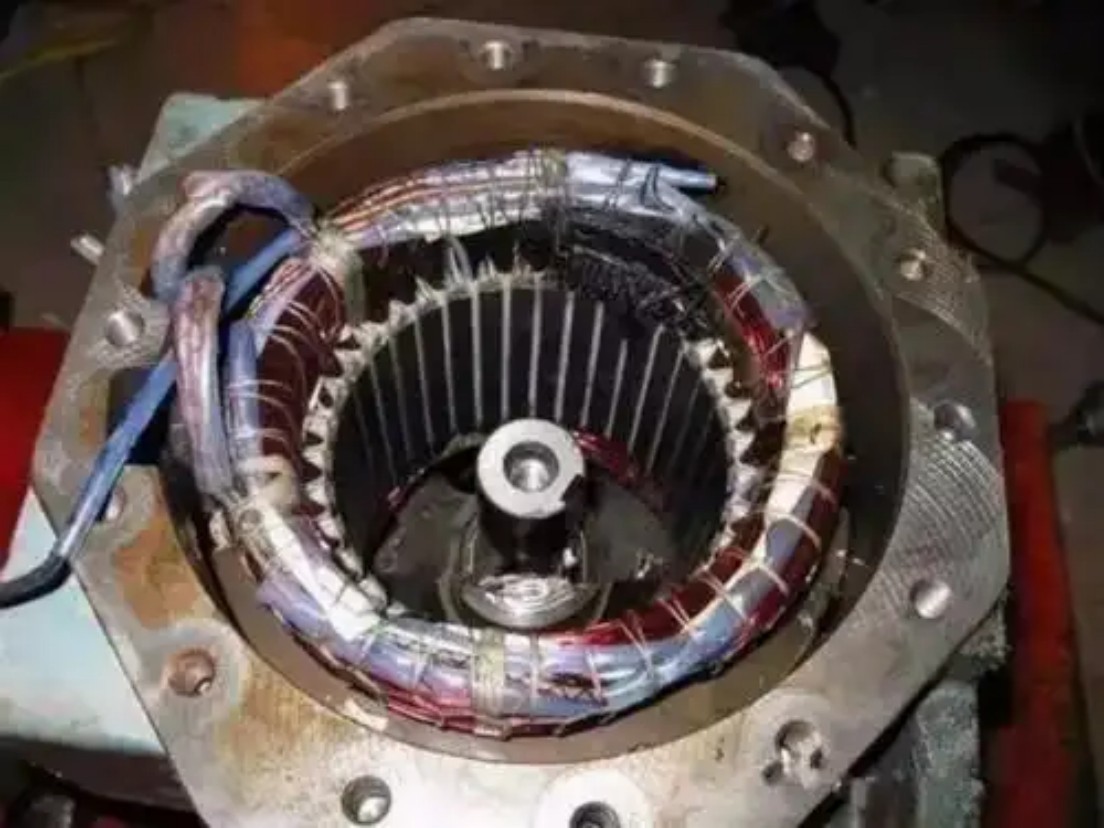
What’s Your Checklist When Your Industrial Chiller Compressor Burns Out?
Checklist When Your Industrial Chiller Compressor Burns Out?
目錄
Industrial chiller compressor burnout can halt production and lead to costly downtime. Use this step-by-step checklist to diagnose issues, prevent future failures, and ensure your system runs smoothly.

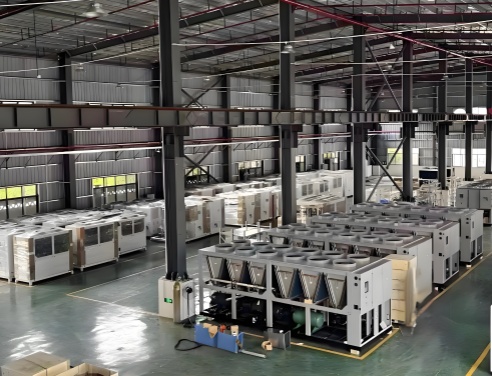
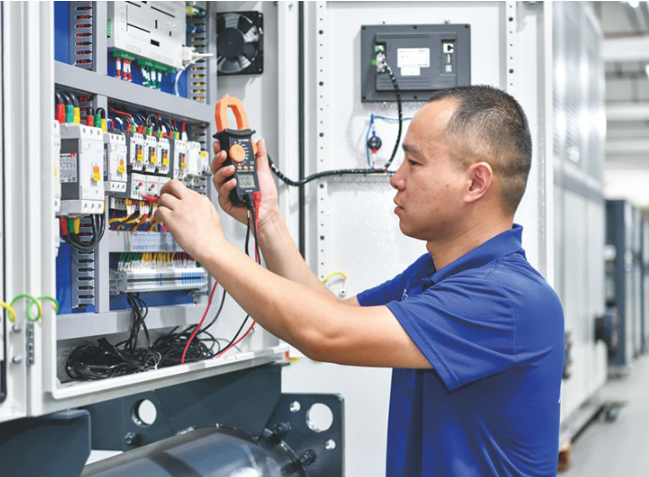
Critical Checks After Compressor Burnout
1. Electrical System Inspection
Bolded keyword: Start with a circuit inspection to rule out power-related causes:
- Turn off the power supply and inspect wires, plugs, and terminals for looseness or corrosion.
- Use a multimeter to check voltage stability. Fluctuations above ±10% require immediate correction.
- Replace blown fuses and investigate root causes (e.g., voltage spikes or short circuits).
Internal link: For voltage-sensitive systems, explore our 低溫冷水機組冷卻解決方案 designed for stable operation.
2. Overheating & Mechanical Damage
Bolded keyword: Look for overheating damage on the compressor:
- Check for discolored or burnt casing.
- Inspect internal temperatures using infrared thermometers. High temps (>200°F) indicate poor airflow or refrigerant issues.
- Clean dust-clogged condenser coils to restore heat exchange efficiency.
Internal link: Prevent overheating with our 水冷式渦旋冷水機組, optimized for thermal management.
3. Refrigerant & Oil Contamination
Bolded keyword: Refrigerant contamination often follows compressor burnout:
- Test oil for acidity using litmus paper. Acidic oil (pH <5) requires a full system flush.
- Replace carbonized oil and install a charcoal core suction drier for 48 hours.
- Monitor pressure drops; aim for <2.5 PSI after cleanup.
Internal link: Contaminated systems benefit from 水冷式螺桿式中央冷水機組 with built-in filtration.
4. Flood Back & Short Cycling
Bolded keyword: Flood back damages compressors over time:
- Attach a temp sensor to the suction line to monitor refrigerant return.
- Track compressor cycles via the controller (e.g., E2 models). Short cycles (<5 minutes) signal improper load balancing.
- For racks, assess if a single compressor replacement suffices or a full rebuild is needed.
Internal link: Optimize cycle times with smart 暖通空調冷水機組 featuring adaptive controllers.
5. Post-Repair Acid Test
Bolded keyword: Perform an acid test before restarting:
- Check oil levels and pump functionality.
- Run the new compressor at 50% load for 2 hours.
- Replace oil filters and liquid line filters if acid traces remain.
- Inspect valve plates and pistons for wear or carbon buildup.
Internal link: For harsh environments, use 防爆冷水機組 resistant to chemical corrosion.
避免未來倦怠的預防措施
| Checklist Item | Action Required | 頻率 |
| Oil Quality Check | Test for acidity, moisture, and debris. | 每月 |
| Electrical Audit | Inspect wiring, fuses, and voltage stability | 季刊 |
| 冷凝器清潔 | Remove dust/debris from coils. | Bi-Annually |
| Flood Back Monitoring | Log suction line temps and cycle times. | 連續的 |
Internal link: Ensure long-term reliability with 電鍍工業冷水機, built for extreme conditions.
When to Call a Professional
If burnout recurs or system contamination persists:
- Stop operations immediately to avoid cascading failures.
- Contact certified technicians for refrigerant recovery 和 system deep cleaning.
Pro tip: Pair your chiller with a 管殼式熱交換器 to enhance cooling efficiency and reduce compressor strain.
By following this checklist, you’ll minimize downtime, extend compressor life, and maintain peak chiller performance. For complex issues, always rely on expert support and high-quality replacements.

